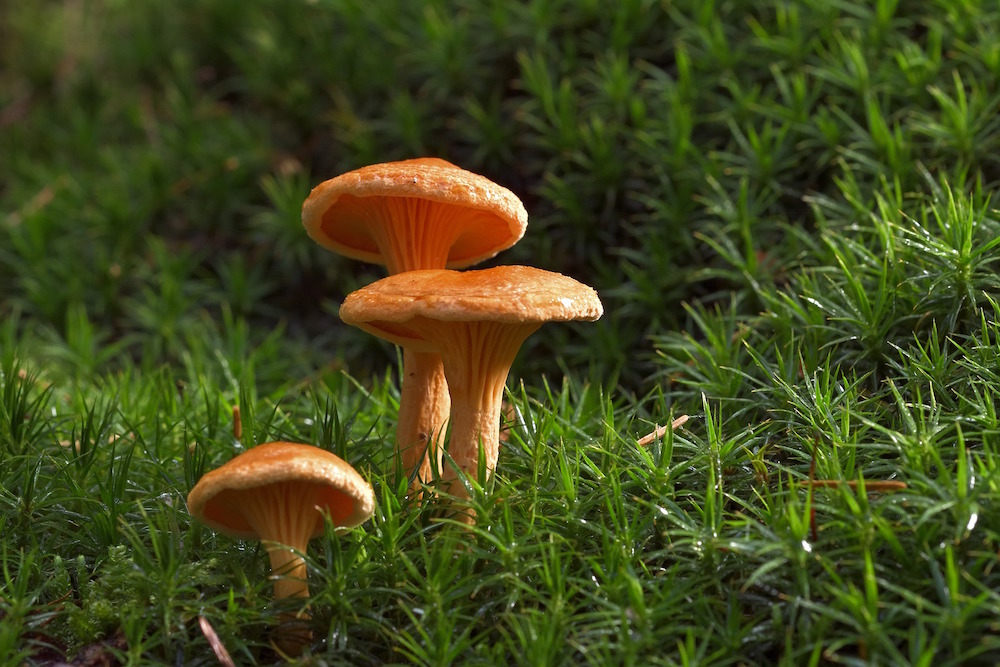
Unveiling Ohio’s Fungal Treasures: Your Comprehensive Guide to Foraging Wild Mushrooms Safely
Embark on a thrilling journey into Ohio’s hidden fungal realm with our comprehensive guide to foraging wild mushrooms safely. As the vibrant hues of autumn paint the landscape, nature’s culinary treasures emerge from the earth, offering a cornucopia of flavors and textures waiting to be discovered.
Venturing into the world of wild mushrooms requires a keen eye and a deep understanding of nature’s secrets. Our guide empowers you with the knowledge to confidently identify, harvest, and savor the bounty of Ohio’s fungal kingdom while ensuring your safety and well-being.
Identifying Edible Mushrooms
Knowing which mushrooms are safe to consume is paramount. Study field guides, consult with experienced foragers, and attend workshops to sharpen your identification skills. Focus on distinctive features like cap shape, gills or pores, stem characteristics, and habitat preferences.
Remember the golden rule: when in doubt, throw it out. If you’re uncertain about a mushroom’s edibility, err on the side of caution and discard it to avoid potential risks.
Beware of Toxic Lookalikes
Some poisonous mushrooms closely resemble edible species. Learn to recognize the telltale signs of dangerous fungi, such as white gills (in Amanita species), a ring around the stem, or a volva (a sack-like structure at the base).
Familiarize yourself with the distinct characteristics of Ohio’s most common poisonous mushrooms, including Amanita muscaria, Galerina marginata, and Gyromitra esculenta, to avoid mistaking them for their edible counterparts.
Harvesting Techniques
Once you’ve identified an edible mushroom, carefully harvest it to preserve its freshness and prevent damage to the surrounding ecosystem. Use a sharp knife to cut the mushroom at the base, leaving the mycelium intact to promote future growth.
Handle mushrooms gently, avoiding bruising or crushing. Place them in a breathable container, such as a basket or paper bag, to prevent moisture buildup and spoilage.
Respecting the Ecosystem
Foraging should be done ethically and sustainably. Never overharvest, and leave some mushrooms behind for wildlife and future generations. Respect private property boundaries and seek permission before foraging on private land.
By following these guidelines, you can minimize your impact on the environment while ensuring a bountiful harvest for years to come.
Culinary Delights
Wild mushrooms offer a symphony of flavors and textures that will elevate your culinary repertoire. From earthy Morels to meaty Lion’s Mane, each species brings a unique dimension to your dishes.
Experiment with sautéing, grilling, roasting, or pickling mushrooms to unlock their full potential. Incorporate them into soups, stews, salads, and pasta dishes for a tantalizing twist.
Caution: Cooking is Essential
Never consume wild mushrooms raw, as some contain toxins that can cause gastrointestinal distress or worse. Cooking thoroughly destroys these harmful substances, ensuring a safe and enjoyable dining experience.
Start with small portions when trying new mushroom varieties to assess your tolerance. If you experience any adverse reactions, discontinue consumption immediately and seek medical advice.
Preservation Techniques
Preserve your fungal bounty to savor its flavors throughout the year. Drying, freezing, or canning are effective methods to extend the shelf life of wild mushrooms.
Drying mushrooms enhances their umami and concentrates their flavors, making them perfect for soups, sauces, and spice blends. Freezing preserves their freshness and texture, while canning allows you to enjoy them in various preparations.
Additional Preservation Tips
Before preserving, clean mushrooms thoroughly to remove any dirt or debris. Slice or chop larger mushrooms for faster drying or freezing. Use airtight containers or vacuum-sealed bags to prevent moisture loss and freezer burn.
Regularly check preserved mushrooms for spoilage and discard any that show signs of mold or deterioration to maintain safety and quality.
Conclusion
With knowledge, caution, and respect for nature, you can safely and successfully forage Ohio’s wild mushrooms, enriching your culinary adventures and deepening your connection to the natural world.
Remember, always prioritize safety by identifying mushrooms accurately, harvesting responsibly, cooking thoroughly, and preserving them properly. By embracing the wisdom of the wild, you can unlock the delectable treasures that lie hidden beneath Ohio’s vibrant canopy.